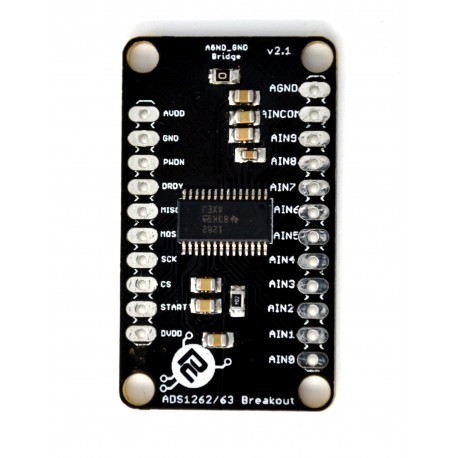Other Parts Discussed in Thread: ADS1263, , TIPD188
Hi, I'm very new to TI ADS1263 and I have a problem with reading the data.
If I give AIN0-AIN1 a voltage from 2mV to 15mV I have random data (a kind of high-frequency wave not influenced by the voltage) but if I put a pin on the ground I can see a difference (so I think my ad is "listening").
I grounded both AIN0 and AIN1 and checked the signals from a logic analyzer: is it normal for MOSI to always be active? It seems there is no difference with or without DVCC, while if I don't supply AVCC, the signal disappears.
Note: I booted up my MCU while I was recording the signal, so the system sent signals after approx 2sec.



